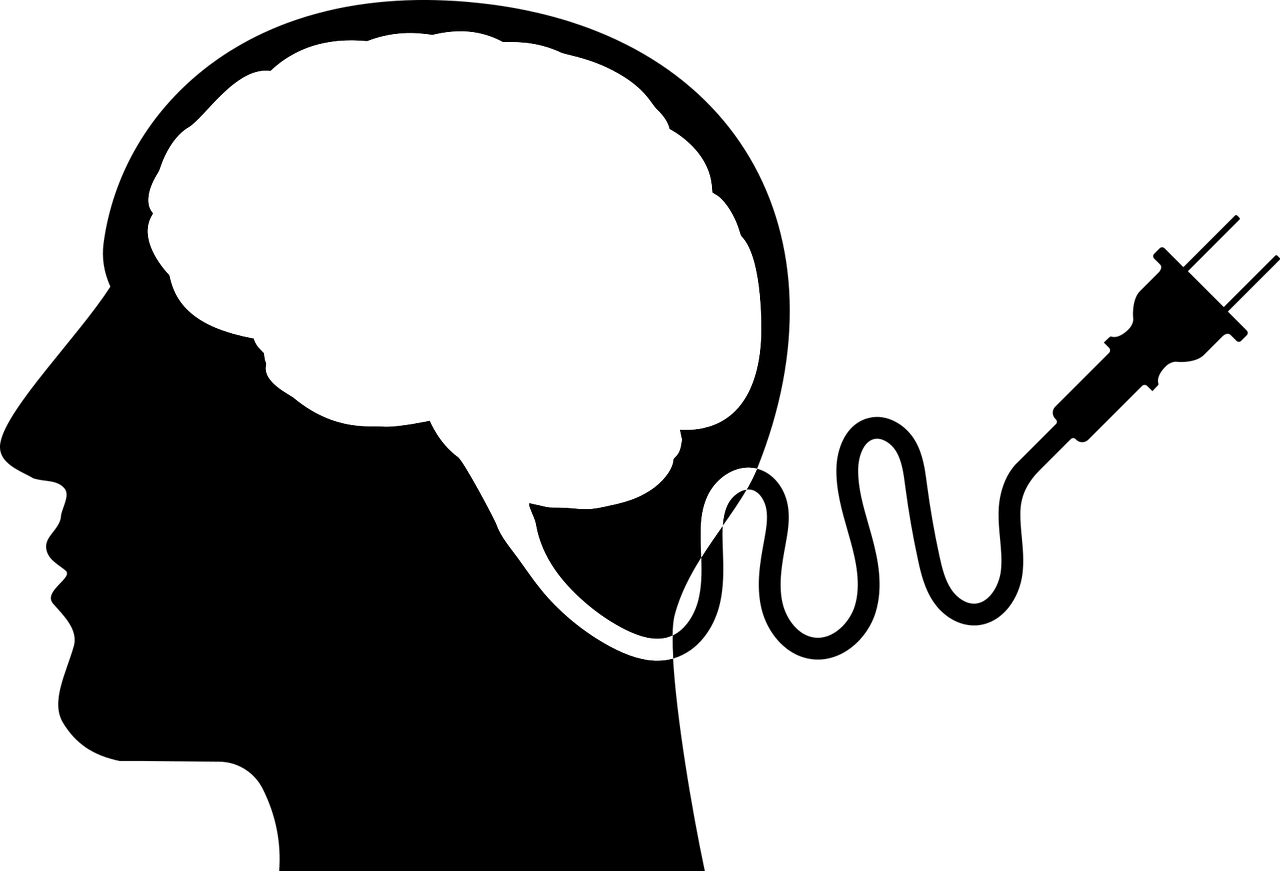NEWS

Power line filters are generally designed as passive low-pass filters composed of resistors, capacitors, and inductors. It’s connected between the power supply and the load. All the input AC voltage must pass through the filter before reaching the device and should therefore attenuate all the higher frequencies and only let the AC 50Hz/60Hz pass through to the next stage. It can effectively filter the particular frequency band in the power line or the frequency out of the particular frequency band. Power line filters can not only prevent interference on the power grid from entering the device so that the device meets the requirements of EMS, but also effectively suppresses EMI noise generated by power device, so it is bi-directional network.
Both devices that generates strong EMI and devices that are sensitive to external interference should use power line filters. Devices that are prone to strong emissive interference such as:
- Devices that contain a pulse circuit (microprocessor)
- Devices that use a switching power supply
- Devices that use a TRIAC (power semiconductor)
- Variable frequency control equipment
- Equipment with motor
Devices that are sensitive to electromagnetic interference such as:
- Devices with microprocessors
- Small-signal analogue electronics
Power line filter's principle is an impedance adaptation network: the larger the impedance mismatching between line filter input & output side and power & load side, the more effective the attenuation of electromagnetic interference (EMI). Assuming that the output impedance of the power supply and the input impedance of the filter are ZO and ZI, respectively, according to the signal transmission theory, when the ZO≠ZI, reflection occurs at the input port of the filter, and the reflection coefficient p= (ZO-ZI)/(ZO+ZI). When the difference between ZO and ZI is greater, the p-value will be greater, and the greater the reflection coefficient, the more difficult it will be for EMI signals to pass. Therefore, the more impedance mismatching the more decreasing of interference level at the line filter output.
The capacitors used in power line filters are divided into two categories: X capacitors and Y capacitors:
X capacitors (Cx): suppress differential mode interference (interference between power lines).
Y capacitors (Cy): suppress common mode interference (interference between each set of power lines to ground).
Cx and Cy are safety capacitors, they will not cause electric shock after failure, nor will they affect personal safety. This is the self-healing which is the ability of a metallized capacitor to clear a fault area where a momentary short occurs due to dielectric breakdown under voltage. Since the increase of the Cy will increase the leakage current* of the device, Cy cannot be too large regarding the specified range of the device, and it will generally be smaller than the Cx. In addition to meeting the specifications of leakage current, Cy also has sufficient protection ability in electrical and mechanical efficiency to avoid the short circuit phenomenon of breakdown in extremely bad working environment, so the withstand voltage ability between line to ground is of great significance to protect personal safety.
*Leakage current is the current that flows from either AC or DC circuit in equipment to the ground, or to the chassis, and can be either from the input or the output. It mainly depends on the value of the Y capacitor (ground capacitor), larger capacitance values can increase insertion loss, but also result in larger leakage currents.
An inductor, also called a coil, is a passive electrical component that stores energy in a magnetic field when electric current flows through it. An inductor typically consists of an insulated wire wound into a coil. Described by Faraday's law of induction, when the current flowing through the coil changes, the time-varying magnetic field induces an electromotive force (e.m.f.) (voltage) in the conductor. According to Lenz's law, the induced voltage has a polarity (direction) which opposes the change in current that created it. As a result, inductors oppose any changes in current through them. An inductor acts to impede an alternating current, the higher the frequency, the harder it is for an AC to flow. The basic applications are restoring energy, choking, attenuating or filtering/smoothing high frequency noise in electrical circuits. When an inductor is used in a line filter, it allows only dc components to pass and blocks ac signals.
A common-mode choke is a pair of coils twined in the same direction around the same ferrite ring, with inductance of about several millihenries (mH). For the common-mode current, the magnetic fields generated by the two coils are in the same direction, so it shows larger impedance and thus attenuates the interference signal. For the differential-mode current (here, it is the low-frequency supply current), the magnetic fields generated by the two coils cancel out, so the power transfer function of the circuit is not affected, therefore, it cannot act as a choke. In contrast, the common-mode current makes it difficult for the common-mode noise to pass through.
As a passive network, the power line filter is bound to cause voltage drops, which leads to insertion loss. The insertion loss of the power line filter is usually measured with a 50Ω resistor when the device is not working, and then the attenuation curve is drawn, so there will be a difference from the insertion loss when device is operating. Whether a power line filter can effectively suppress interference can only be evaluated after the actual installation.
